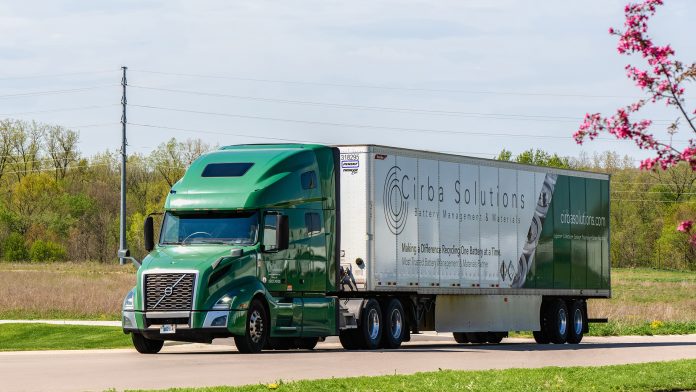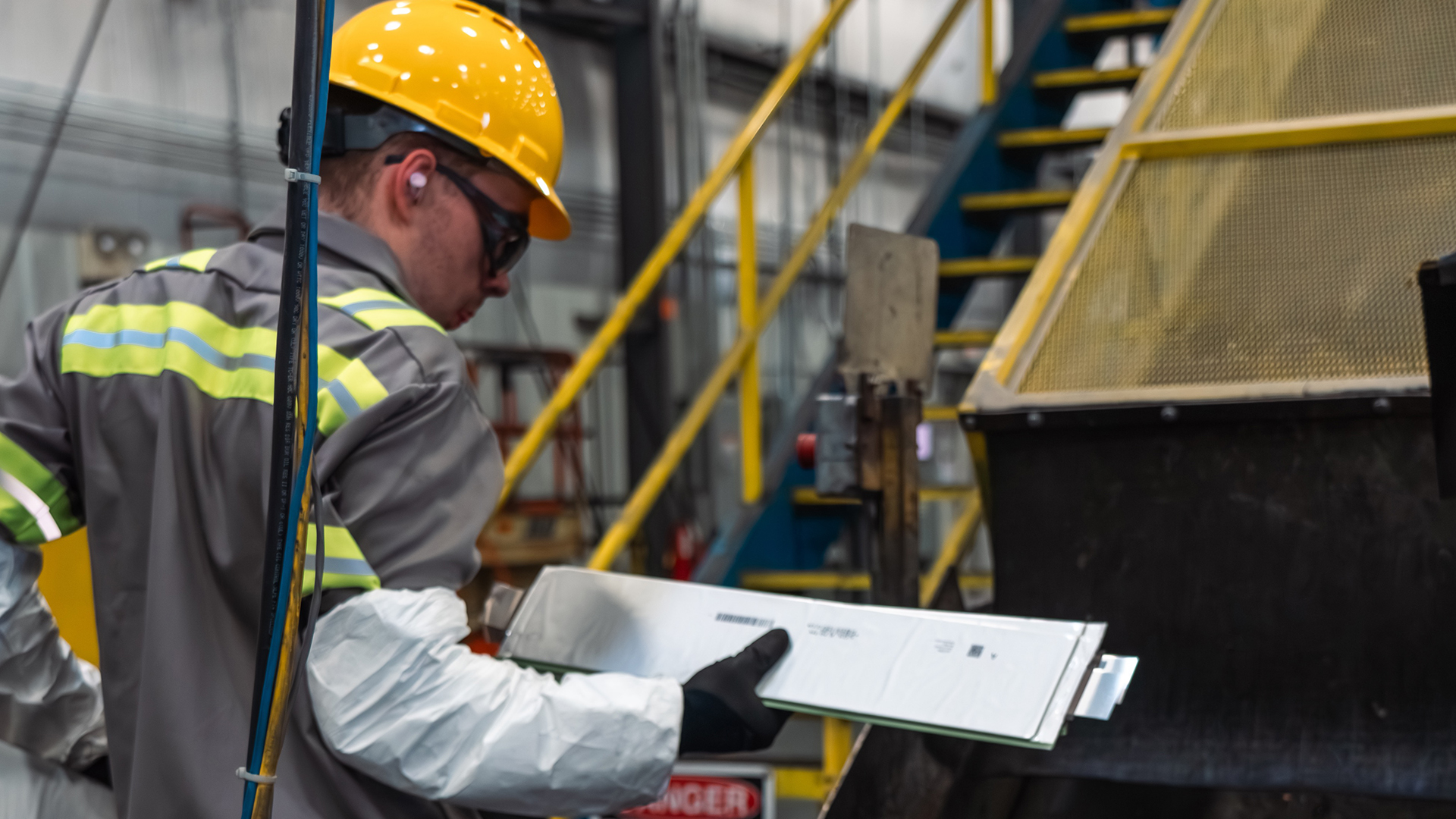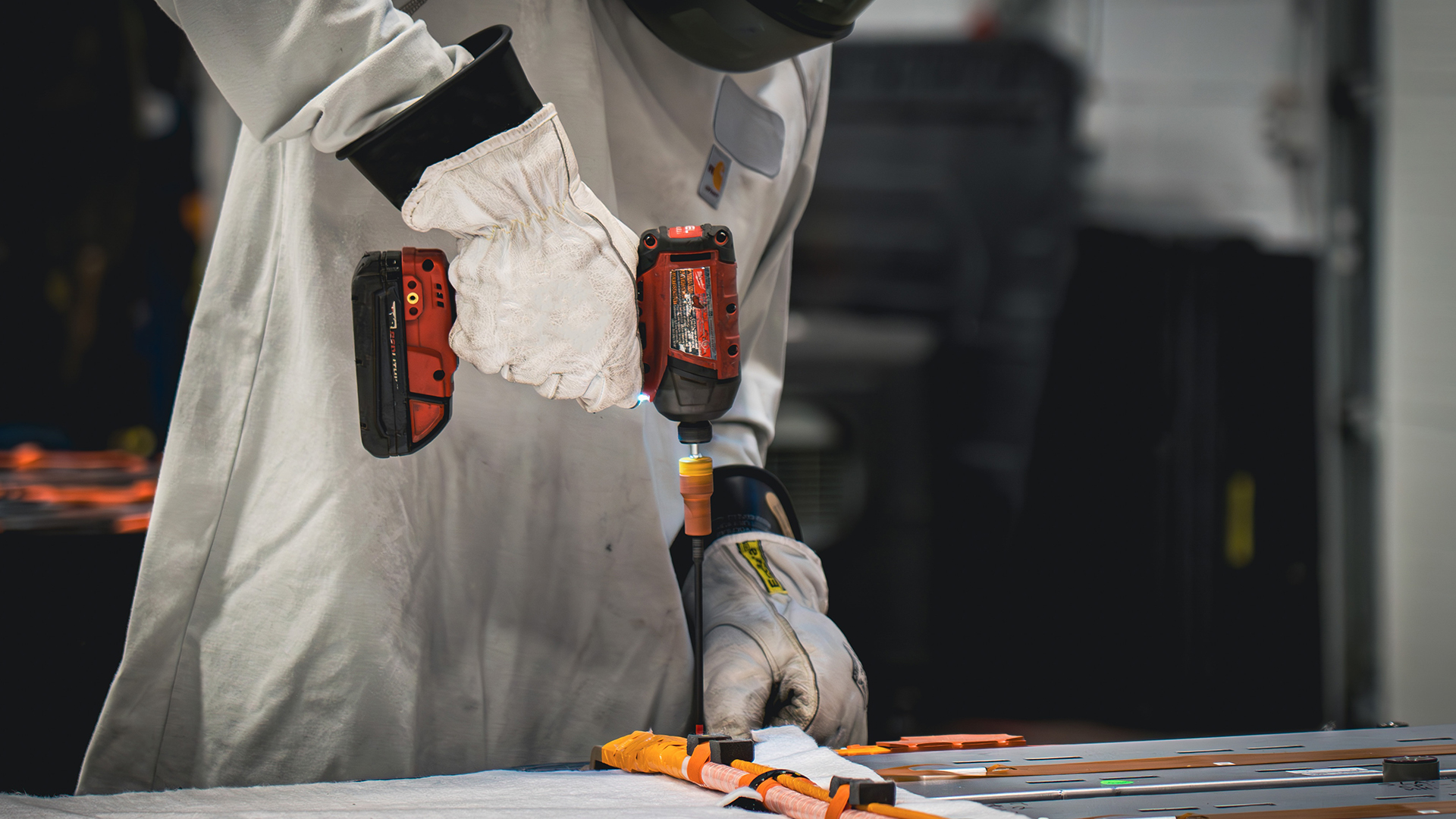Recycling critical materials is essential for countries to enhance domestic supply chains, reduce foreign dependence, and lower carbon footprints. Cirba Solutions discusses what countries can do to enhance this and re-establish their competitiveness.
Today, critical materials are at a pivotal point across the globe as they relate to the viability of many industries that affect daily lives. If countries want to strengthen their domestic capabilities and supply chains, increase global competitiveness, and reduce their reliance on foreign sources of materials, recycling must become a priority. This will shift the paradigm on how critical minerals are sourced and simultaneously reduce the carbon footprint worldwide. The question is, how is this achieved?
China is currently the world’s leader in battery recycling. In 2023, Chinese companies supplied two-thirds of the world’s lithium chemicals,¹ and China processes more than 80% of all rare earth elements.² If regions want to stabilise their critical materials market while enhancing their national security, the onshoring of manufacturing and creation of domestic supply chains are key.
Government support
In the United States, the U.S. House Energy & Commerce Committee, Subcommittee on Environment, Manufacturing and Critical Materials, with a focus on regulation of solid, hazardous, and nuclear wastes, held a hearing earlier this year to better understand how to secure America’s materials supply chains and economic leadership. Representatives of the committee have been instrumental in bringing this topic and the challenges of domestic sourcing of raw materials to the forefront of conversations. Consumers and automotive manufacturers are able to take advantage of tax incentives under the Bipartisan Infrastructure Law and Inflation Reduction Act, which has created opportunities in the clean energy sector that have not existed at this scale historically. It shows how private and public partnerships can work together to benefit the broader supply chain.
In Europe, to ensure that batteries placed on the European Union (EU) market are sustainable and circular throughout their entire life cycle, the European Parliament and the Council of the European Union adopted the new EU Battery Amendment in 2023. Under this regulation, every industrial or EV battery on the EU market with a capacity over 2 kWh will require a battery passport, enhancing traceability. Furthermore, by the beginning of 2031, batteries must contain a minimum of 16% cobalt, 85% lead, six per cent lithium, and six per cent nickel from non-virgin sources.³ These are just a sampling of what is included in the amendment. The law brings forward the circular economy and zero pollution ambitions of the EU, strengthening their strategic autonomy.⁴
These are critical steps that countries are taking to reduce regional reliance on foreign sources of materials, increase competitiveness, strengthen regional and domestic capabilities and supply chains, and reduce carbon emissions. The goal is to create a fully circular, closed-loop system that prioritises the recycling and reusing of these materials.
Growth of the battery recycling sector
Globally, the battery recycling industry is on a growth trajectory. While it may make up small portions of the market today, it is estimated that countries that are enacting laws around recycled battery content will be able to rely on recycling as an alternative to mining for a significant portion of critical materials. By 2040, some industry officials anticipate that 40% of battery materials used in new EVs could come from recycled stocks;⁵ and global demand for batteries is increasing rapidly, with a projected increase of 14 times by 2030. With amendments in place, the EU could account for 17% of that demand.⁶
Creating circular battery supply chains ensures today’s resources are being used to their full potential. Approximately 95% of critical materials in an end-of-life battery can be extracted and repurposed. These recovered materials can be reused repeatedly in the production of new batteries, including electric vehicle batteries, reducing reliance on virgin resources.
What comes next
Knowing that raw materials make up the largest category of cost in battery manufacturing, looking at how raw materials are acquired is crucial. It is estimated that in some cases, critical battery metals for cathode active materials travel over 50,000 miles before they reach a cell factory. Through regionally sourced content, logistical distance can be reduced by up to 96%, strengthening supply chain offerings and enabling traceable content. With Europe and North America expected to have approximately 20% of global cell production by 2030, that production is going to need raw materials, and the stage must be set now to meet those future needs.
The International Energy Agency projects that every other car sold globally in 2035 will be electric.⁷ Much of this is driven by climate and policy goals set by government agencies worldwide. Work needs to be done now to address the challenges in the critical mineral supply chain, including the manufacturing and recycling of these materials. On a global scale, supporting strategic investments in the critical mineral supply chain will help strengthen positions and a growth market that will play a crucial role in the global future.
The creation of domestic supply will secure countries’ critical materials supply chains and economic viability. Both are appealing to OEM buyers, while also advancing sustainability goals and regulations established by companies and government agencies.
Battery recycling companies that are vertically integrated are the way of the future. Being able to collect, sort, process, produce black mass, refine black mass, and produce battery-grade metal sulphates will drive countries toward a circular economy.
Regions across the globe have the opportunity today to build a domestically sourced supply chain that will positively impact generations to come. There is a large focus today on securing critical minerals both regionally and globally, but the largest operating mine in the world we have today are the vehicles driving around our roads. Building a closed-loop supply chain that integrates recycled content is crucial to securing this model.
References
- Source: Benchmark Minerals
- Source: https://www.politico.com/news/magazine/2022/12/14/rare-earth-mines-00071102
- https://eur-lex.europa.eu/legal-content/EN/TXT/PDF/?uri=CELEX:32023R1542
- https://environment.ec.europa.eu/topics/waste-and-recycling/batteries_en
- https://www.reuters.com/business/autos-transportation/dead-ev-batteries-turn-gold-with-us-incentives-2023-07-21/
- https://environment.ec.europa.eu/topics/waste-and-recycling/batteries_en
- https://www.iea.org/reports/global-ev-outlook-2024/executive-summary
Please note, this article will also appear in the 19th edition of our quarterly publication.











